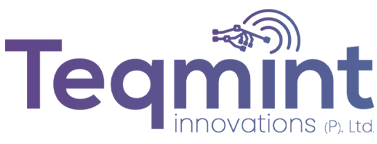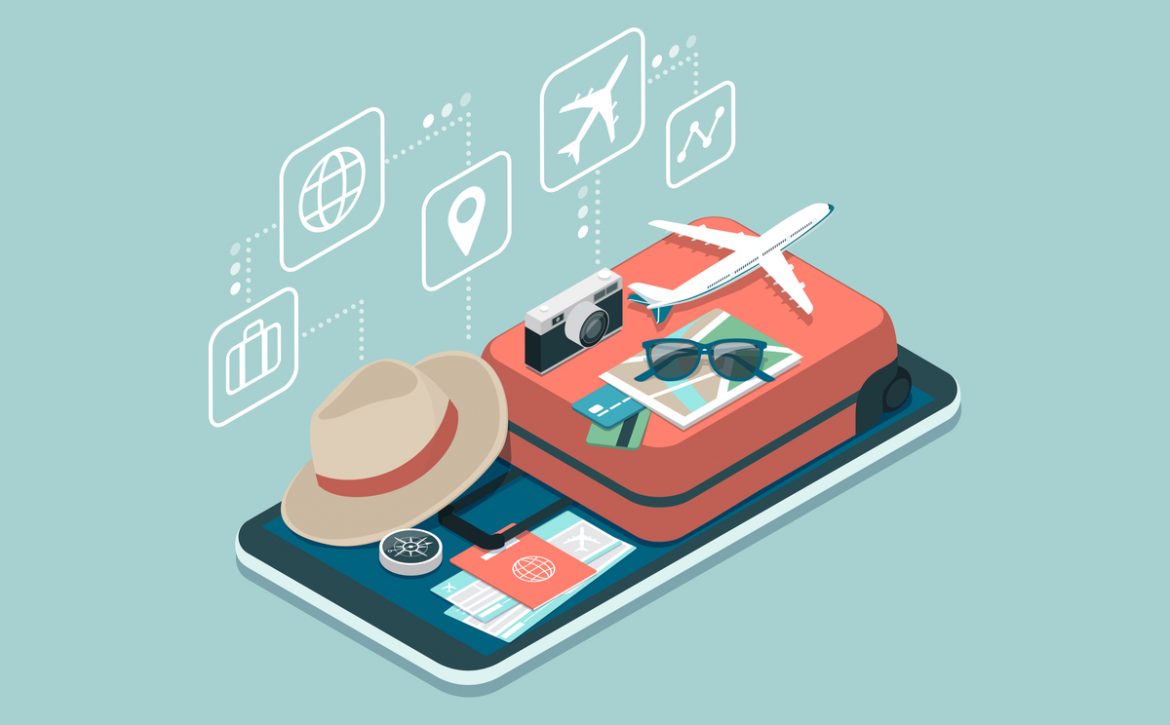Introduction
People travel all over the world for work and pleasure. When they travel, one of the things they look for is a smooth experience with whichever company they choose to work with. Every day, new travel companies are rising to compete for customers across the globe and with them are new technologies to give a competitive edge.
To add to this ongoing challenge is the recent 2020 pandemic, which has once again transformed the way people travel in the world. Adaption is perhaps the key ingredient to what makes or breaks a travel company’s success today. The Bluefish team has developed chatbot technology to assist you in your digital transformation journey for customer acquisition and retention. This ground-breaking tool enables travel companies like yours to communicate across time and space.
Customer Support
If there is one thing that is more important than anything else in travel, it is the customer. What they feel when they sit in an airplane’s cabin; what they smell when they walk into a hotel room for the first time; what they see when they arrive at their destination; all of the details of a customer experience are important.
Nothing is perfect, and there will be bumps in the road. The way you handle customer complaints will make or break your business. This is where chatbots come in to defuse negative incidents and provide solutions 24 hours a day, 7 days a week.
Geeta spent less than 15 minutes correcting the billing error. When compared to a typical wait time of 30+ minutes to speak with a live customer service agent, chatbots save both customers and businesses time and money through their helpful and instantaneous support. Chatbots, in many ways, are virtual employees who supplement your real-life team by relieving them of the more simple repetitive tasks and allowing those team members to focus on the more complex ones.
Promote Direct Bookings
Bringing in new customers is one of the ongoing challenges that travel companies face, and to assist them with their marketing efforts, OTA, or online travel agencies, have opened shop. These agencies are experts at bringing in new customers, but they charge a hefty commission fee. In an ideal world, travel companies would prefer that their customers book directly with them rather than through an agency. Fortunately, chatbots facilitate direct bookings by offering a highly personalized omnichannel approach to prospective customers.
Sita was intrigued by a trip to Chitwan that a friend had recently told her about. Sita is scrolling through her Facebook feed when she comes across a photo of the Narayani River reflected in a beautiful sunset. She clicks to learn more and is taken to a Facebook page for an airline.
A chatbot immediately engages with her, asking a series of questions. Sita, intrigued, responds with a fluid and natural conversation.
“Hello Sita, what do you like best about Chitwan?”
“I adore the Jungle Safari, and the resorts appear to be very nice over there.”
“I enjoy the Jungle Safari as well. It’s the ideal time of year to visit, with temperatures that are neither too cold nor too hot. Do you want to go on a vacation there soon?”
“I’d do it, but I don’t have the time or the money.”
“Don’t have any money? I do have some low-cost options that might fit into your budget; would you like to see them?”
“Sure.”
Chatbots collect information about customers as they perform actions and converse in real-time. They can personalize responses and keep the conversation going in the same way that a real human would, thanks to the artificial intelligence component of chatbot technology.
Support for the Entire Booking Process
Being as transparent as possible is part of being a good steward for customer service. By educating your customers on your products and services, you can be a key beneficiary in providing excellence for them. This is directly related to the specifics of your core offerings, such as pricing, timelines, and accommodations for a variety of ADA needs.
Capturing the breadth of knowledge can be a difficult task for a human, but it is extremely simple for a chatbot. A chatbot is well-informed because it draws on a database that is updated in real-time by integrating with tools used by your company.
The calendar for air travel is a common example. As passengers book flights, the chatbot can cross-reference availability slots and only offer vacancies to a booking customer. This means there will be no double bookings, reducing the margin for error.
We don’t want a customer to get lost in multiple menus, become frustrated, and then leave in the middle of a booking session when we talk about chatbots supporting the entire booking journey. A good customer experience, or conversational experience, will always lead a customer to the intended destination or goal. When a customer becomes confused, chatbots provide simple ways to redirect them and keep them on track with the goal.
Recommendations that are specific to you
Chatbots, as mentioned in the Sita example, personalize conversations with prospective customers based on the actions they take. However, thanks to the memories that chatbots can retain at scale, the recommendations can go deeper. If Sita does not book a flight to the Chitwan, the chatbot will continue to interact with her on subsequent visits by remembering her name, price sensitivity, and love of the sunset and Jungle Safari.
For example, the chatbot would offer an exclusive discount tailored to Sita’s needs the next time she visits the airline’s Facebook page or website. Chatbots are excellent at probing customer preferences with the right questions because the insights can be used to improve future messages.
This is due, once again, to AI, specifically in the area of machine learning (or ML). Consider this: if the booking is made with Sita, your travel company can now cross-sell hotel recommendations, things to do in the area, and earn additional revenue via a chatbot.
Collect Customer Feedback
Something that is frequently overlooked (but should not be) is the opportunity to gather customer feedback and determine what is and is not working for your travel business operations.
How many times have you given someone a piece of paper and asked them to go to a website with a printed URL and rate their experience, only for them to throw it away? Customer feedback is important.
We previously discussed the benefits of using chatbots to help with the entire booking process. It’s natural to include a quick feedback loop at the end of a conversation when you have many touchpoints with chatbot interactions.
Cher has just completed a car rental reservation with your company. The chat conversation could simply end as follows:
“Thank you so much for booking a car with us. We look forward to seeing you on Thursday at the lot.”
Which is okay. But this would be even better.
“Thank you for booking a car with us. Is there anything else I can assist you with today? If not, would you mind sharing your experience hiring a car in a few lines, along with a rating from 1 to 5, with 1 being the worst and 5 being the best you’ve had?”
The second will provide greater value to your organization at little to no expense to customers since they are already present and willing to share it. There are other ways to collect feedback using chatbots, and another example with the car rental may be post-drive when Cher returns it. The chatbot might ask her about the car’s condition and performance. Consider what you could do with all that information to better your operations.

